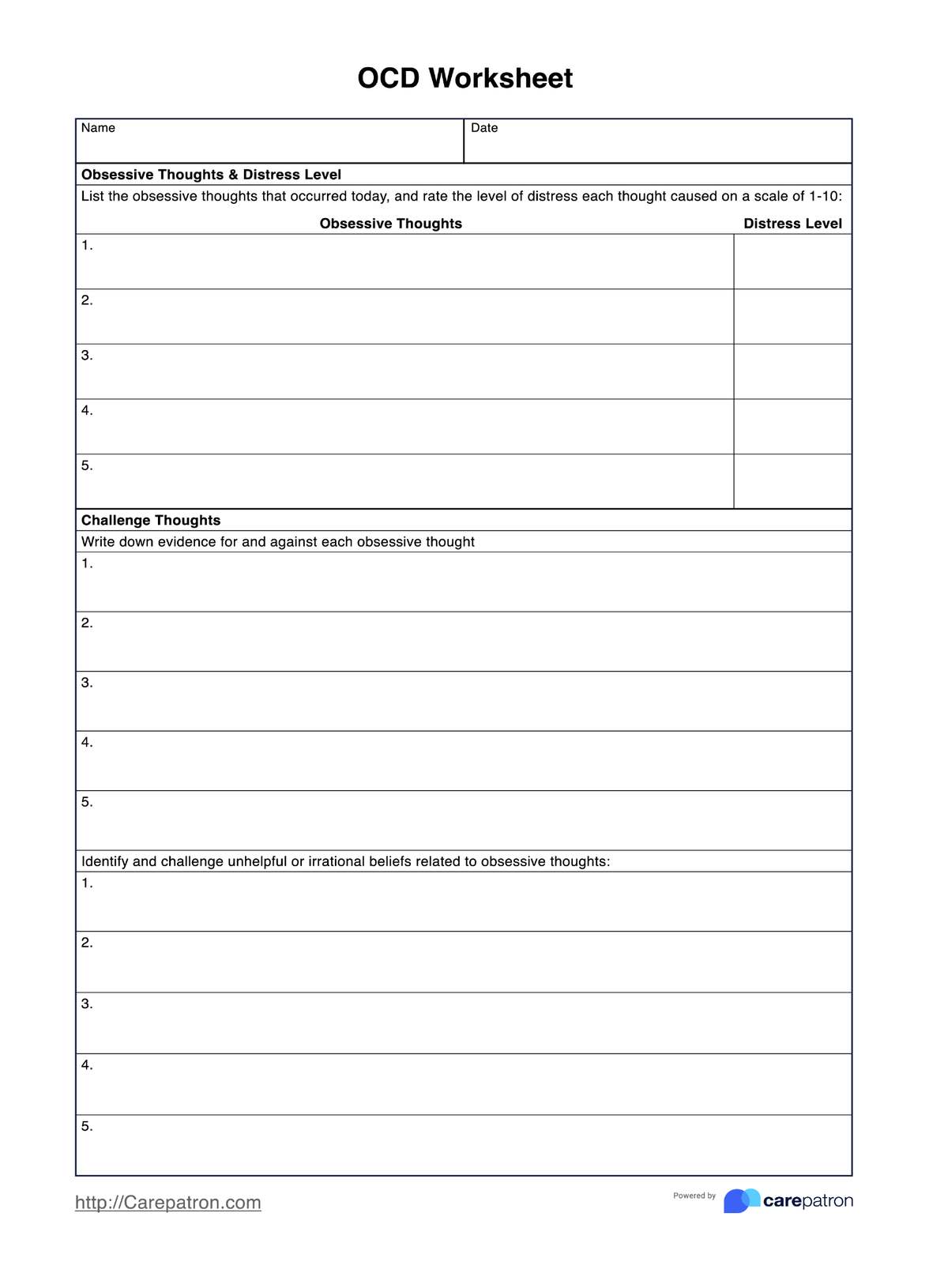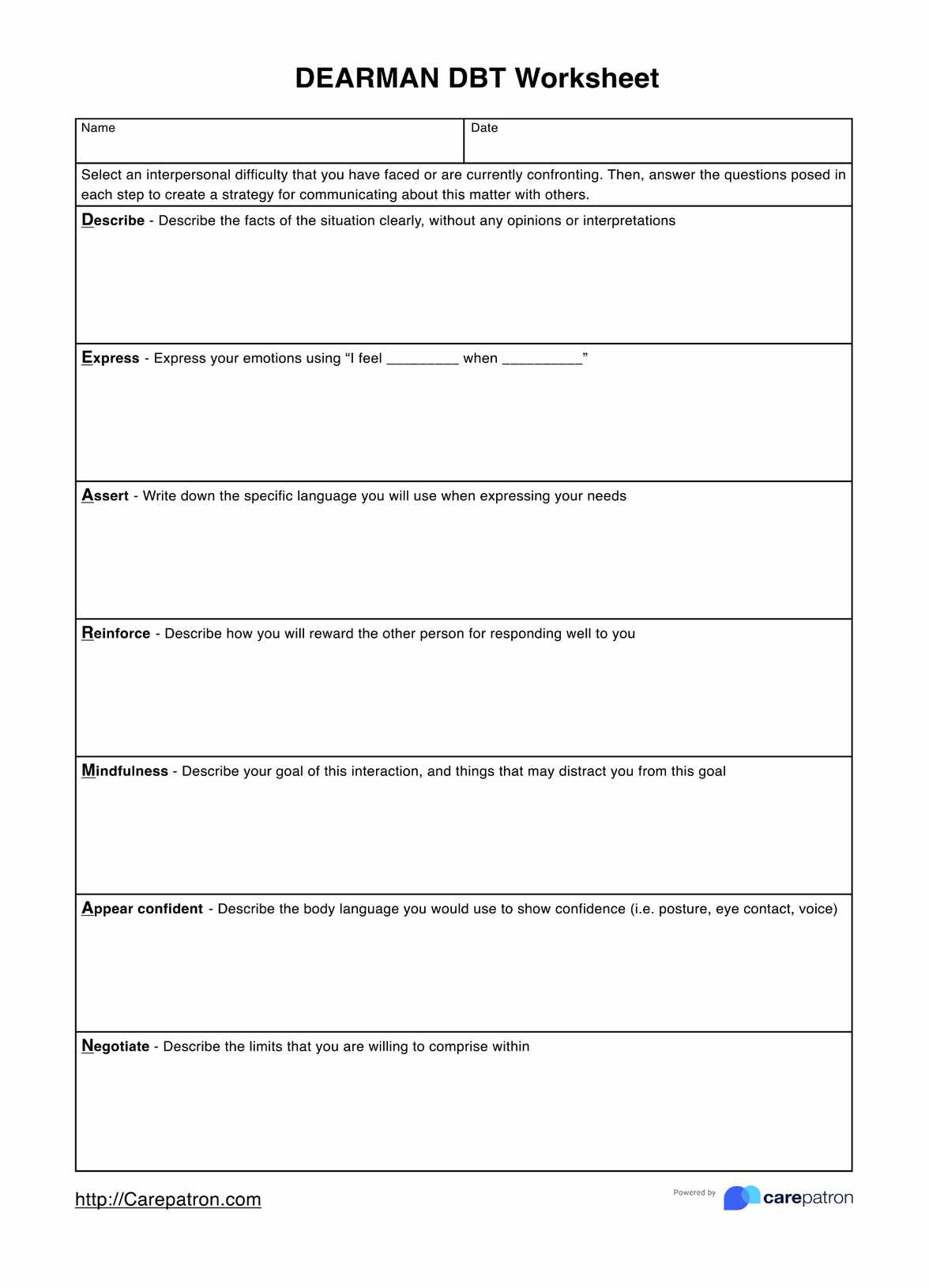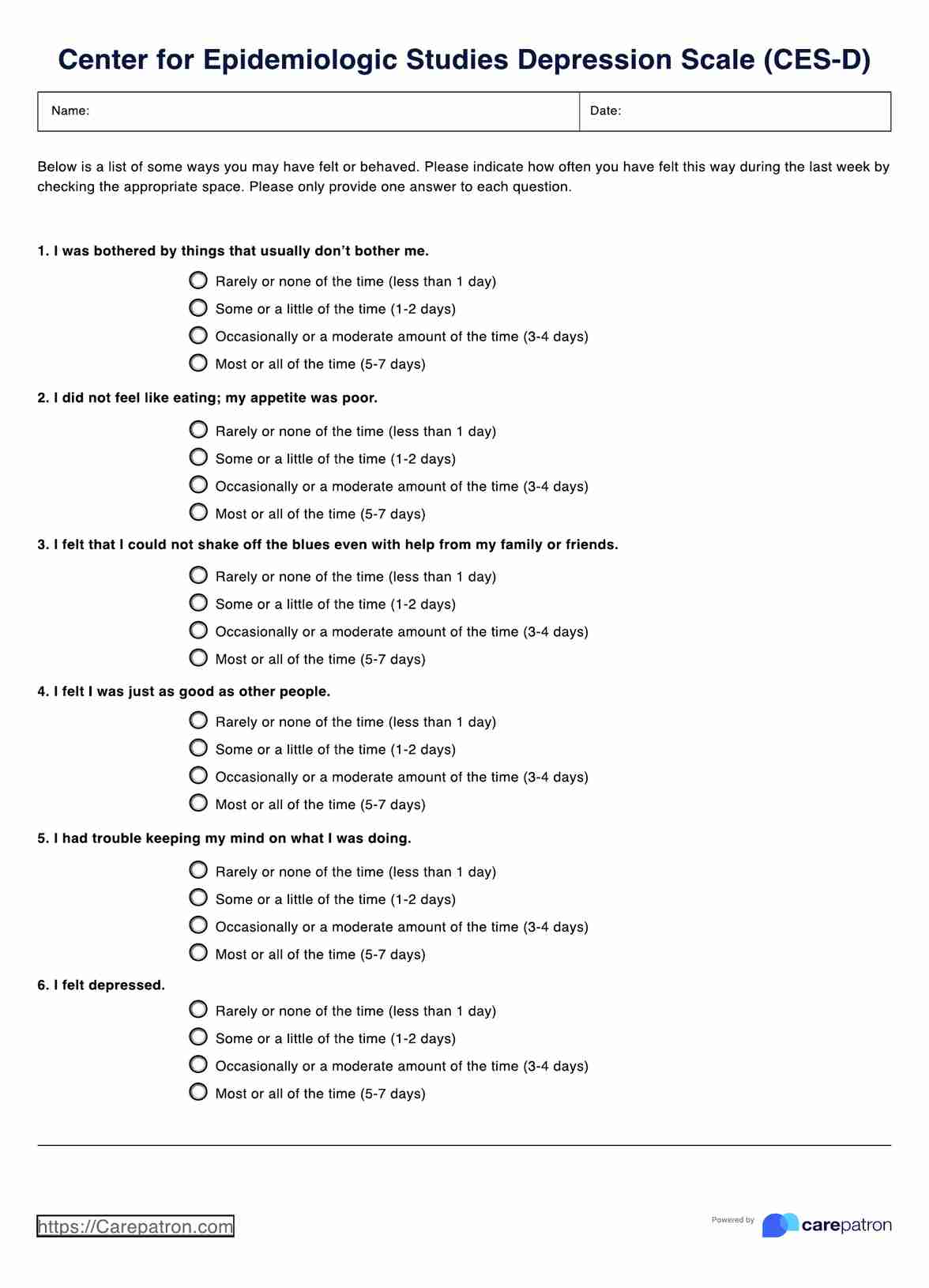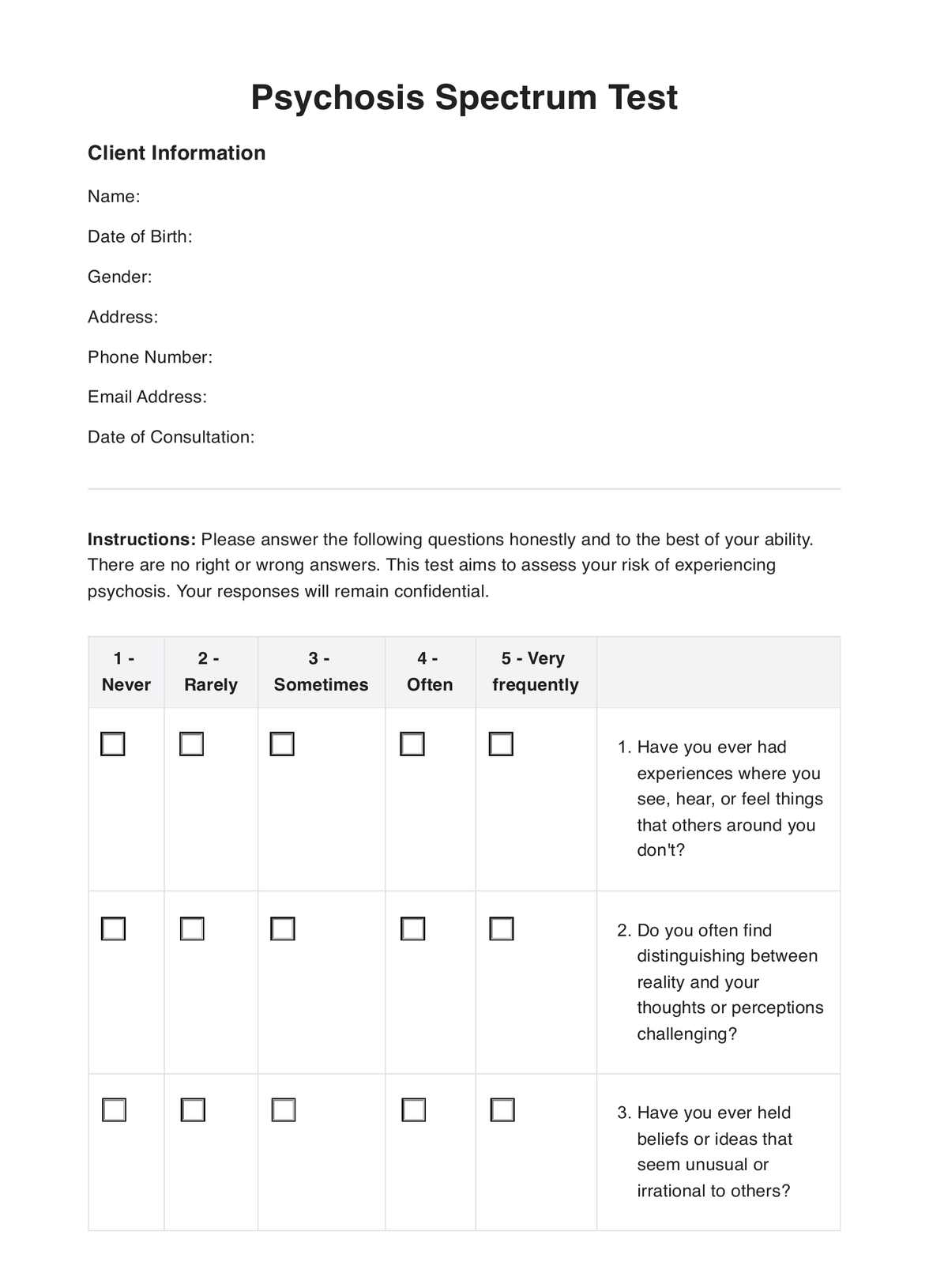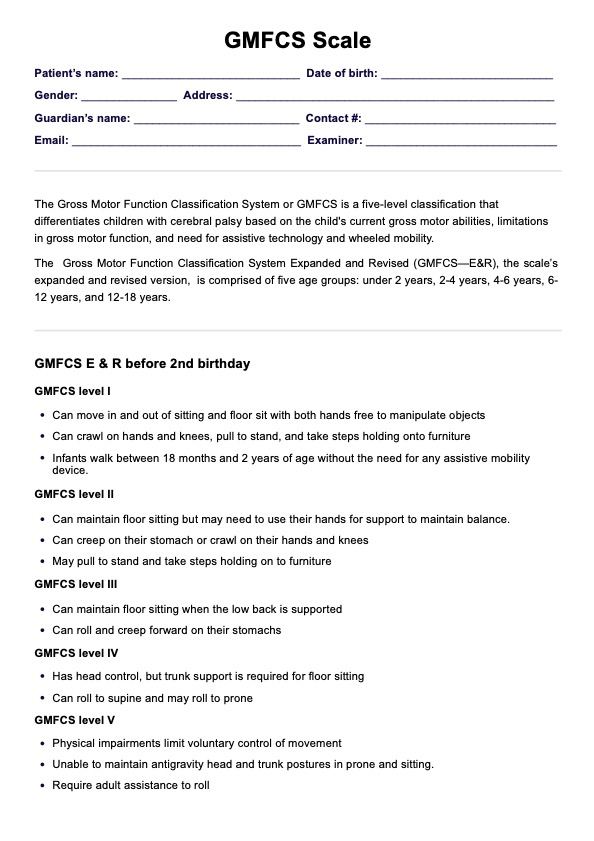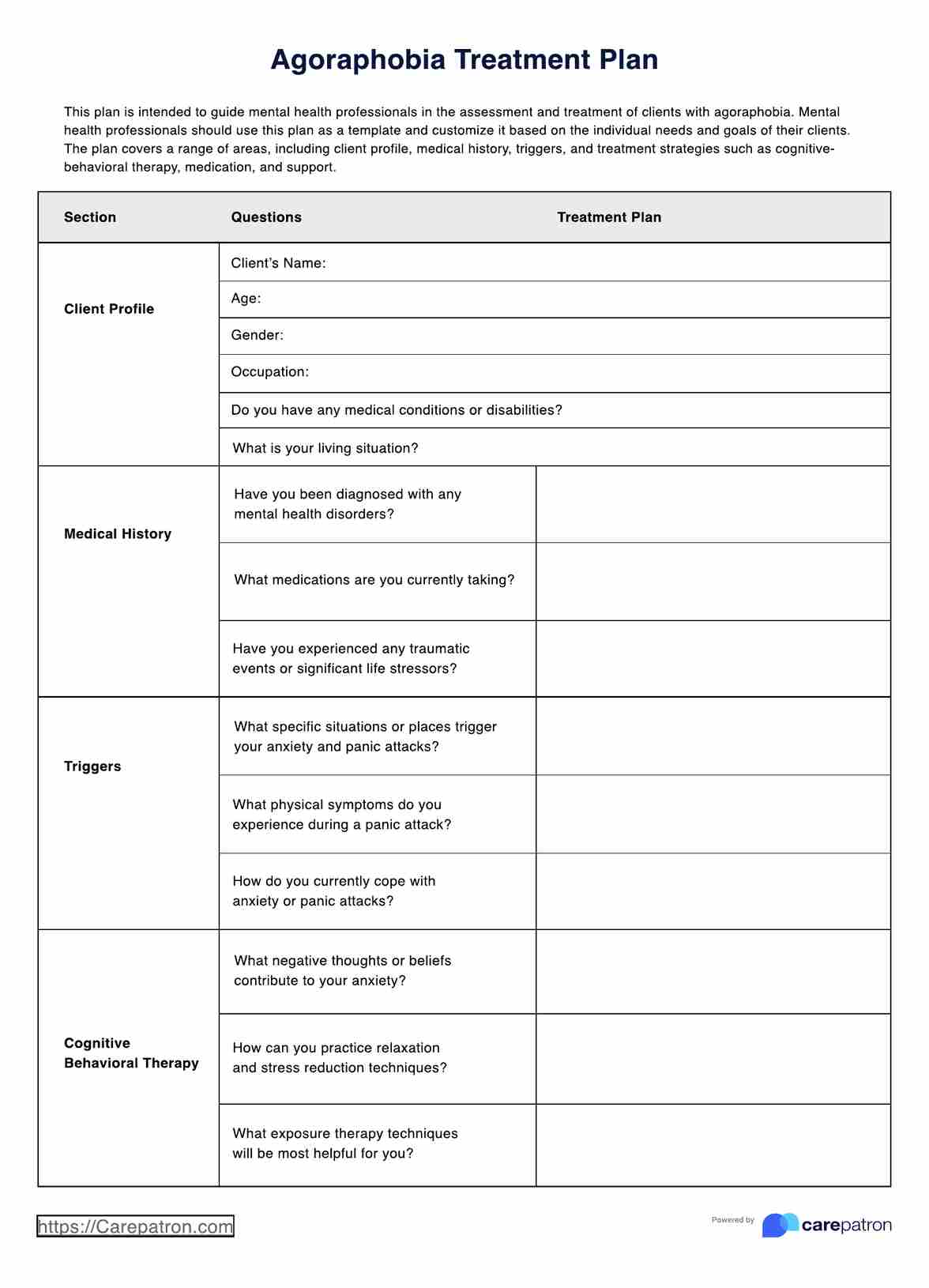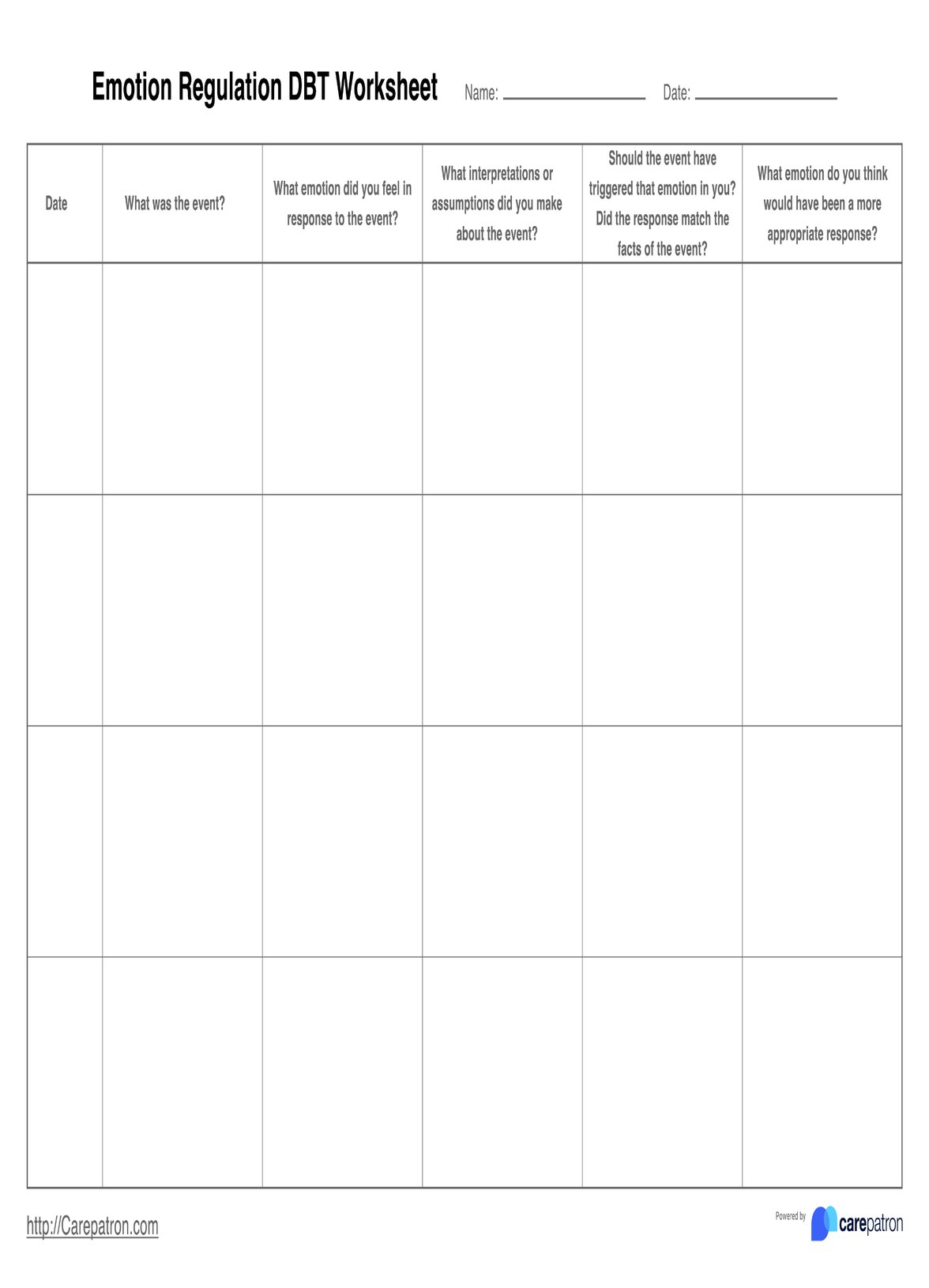Penn State Worry Questionnaire
Download our free Penn State Worry Questionnaire template and example. Use it to assess your client's level of worry and anxiety.


What is the Penn State Worry Questionnaire?
The is a self-report questionnaire designed to assess the extent of pathological worry in individuals. It helps clinicians and researchers understand how excessive worry impacts a person's daily life and functioning.
The PSWQ consists of 16 items that explore various domains associated with worry. Individuals rate each item on a 5-point Likert scale, typically ranging from 1 (not at all typical of me) to 5 (very typical of me). The questionnaire addresses the uncontrollable nature of worry, its interference with cognitive processing, and effect on emotional well-being.
This questionnaire is easy to administer, making it a valuable tool for quickly assessing pathological worry symptoms in clinical and research settings. PSWQ scores can be used to identify the severity of worry symptoms and track changes over time in response to treatment or intervention.
However, note that the PSWQ is one of several assessment tools available for measuring pathological worry. Using the PSWQ in conjunction with other clinical assessments and evaluations is recommended to evaluate an individual's anxiety disorder.
Penn State Worry Questionnaire Template
Penn State Worry Questionnaire Example
How does it work?
Carepatron's free Penn State Worry Questionnaire template lets you evaluate your client's level of worry in a digital format. Follow these steps to get started:
Step one: Download the questionnaire
Get a copy of the printable Penn State Worry Questionnaire using the link on this page. You can also access it from the Carepatron app or our extensive resources library.
Step Two: Discuss with your client
Discuss the questionnaire with your client and explain what it is and how to respond to the items. Make sure to answer any questions they may have before proceeding.
Step Three: Client completes the questionnaire
Give your client ample time to complete the questionnaire. Tell them there is no right or wrong answer and to respond as honestly as possible.
Step Four: Score the questionnaire
After your client has responded to all the questions, evaluate the questionnaire. Analyze their answers for each item and compute a numerical score based on their responses.
Step Five: Interpret the results
When interpreting the score for pathological worry, a higher total score generally indicates a higher level of worry. However, it is important to consider individual contexts and circumstances as scores may differ.
Step Six: Discuss the results with your client
Encourage your client to openly express their thoughts and experiences regarding worry and anxiety while considering how the score aligns with their concerns. This can be an opportunity to delve deeper into issues associated with pathological worry.
Penn State Worry Questionnaire Scoring and Interpretation
The Penn State Worry Questionnaire (PSWQ) consists of 16 items, and participants rate each item on a 5-point Likert scale, ranging from 1 (not at all typical of me) to 5 (very typical of me). To calculate the total score, add up the responses for all 16 items. The total score will range from 16 to 80.
The interpretation of the PSWQ total score is as follows:
- 16 to 39: Low levels of pathological worry - Individuals with scores in this range generally experience a lower degree of pathological worry that does not significantly impair their daily life or functioning.
- 40 to 59: Moderate levels of pathological worry - Scores in this range indicate a moderate level of pathological worry, which may impact certain aspects of a person's life and functioning.
- 60 to 80: High levels of pathological worry - Scores in this range suggest a high level of pathological worry that can significantly interfere with an individual's ability to cope with daily stressors and manage emotions effectively.
Please be aware that the PSWQ is designed solely for assessment purposes and should not be utilized as a diagnostic instrument for anxiety disorders.
When would you use this Template?
You can use our free printable Penn State Worry Questionnaire template to assess your client's level of pathological worry. Additionally, you can use this questionnaire to:
Evaluate the severity and intensity of your client's anxious thoughts
You can administer the PSWQ to help your client better understand the type and intensity of their worries. With insight into these areas, you can support them in developing appropriate coping skills to manage anxiety more effectively.
Identify potential areas of distress or concern
The PSWQ can help you identify specific areas where your client may feel chronically stressed. By targeting these areas, you can provide more tailored support and interventions to address their individual needs.
Determine the client’s cognitive vulnerability to anxiety
The Penn State Worry Questionnaire lets you understand your client’s cognitive vulnerability to anxiety. By tracking progress over time, you can help your client make meaningful changes in their worry level and learn to better manage it.
Target maladaptive thought patterns
Through this questionnaire, clients can identify underlying thought patterns contributing to pathological worry. From there, they can work towards challenging these cognitive distortions and implementing healthier beliefs.
Track progress in therapy over time
The PSWQ can be used to monitor changes in your client's anxious thoughts and feelings throughout treatment. By tracking these changes, you can better gauge the effectiveness of your interventions and adjust them accordingly.
Benefits of the free Penn State Worry Questionnaire
Here are some of the advantages of using our free Penn State Worry Questionnaire template:
It's easy to use and fully digital
Our free template is easy to use and fully digital. This means there’s no need for paper-based forms or manual data entry. Plus, you can provide the template to your client before their appointment so they can fill it out beforehand.
It's highly reliable
The Penn State Worry Questionnaire has been tested extensively and found to have high levels of reliability. You can trust the results you get, as they are consistently accurate across different studies.
It's quick and efficient
The PSWQ is a brief assessment tool that can be completed in just a few minutes. It is a convenient and efficient way to evaluate your client's anxiety levels and gain valuable insights.
It helps clients become aware of their anxious thoughts
By completing the PSWQ, clients can become more aware of their anxious thoughts and feelings. This can help them recognize patterns in thinking and provide a starting point for therapeutic interventions.
It helps make individuals feel in control
The Penn State Worry Questionnaire helps individuals gain a sense of control over their anxiety. By taking ownership of their worries and recognizing the patterns in how they think, clients can feel empowered to make changes in their lives.
References
Meyer, T. J., Miller, M. L., Metzger, R. L., & Borkovec, T. D. (1990). Development and validation of the Penn State Worry Questionnaire. Behaviour Research and Therapy, 28(6), 487-495. doi:10.1016/0005-7967(90)90135-6
Commonly asked questions
Mental health professionals use the Penn State Worry Questionnaire to measure their clients' worry levels. It is a valuable tool for diagnosing Generalized Anxiety Disorder and other forms of chronic anxiety.
Individuals can complete the PSWQ within 5 to 10 minutes.
You can use the Penn State Worry Questionnaire to assess anxiety levels in your clients at any point during their treatment. It can be used as a baseline measure or as an ongoing assessment tool throughout therapy.


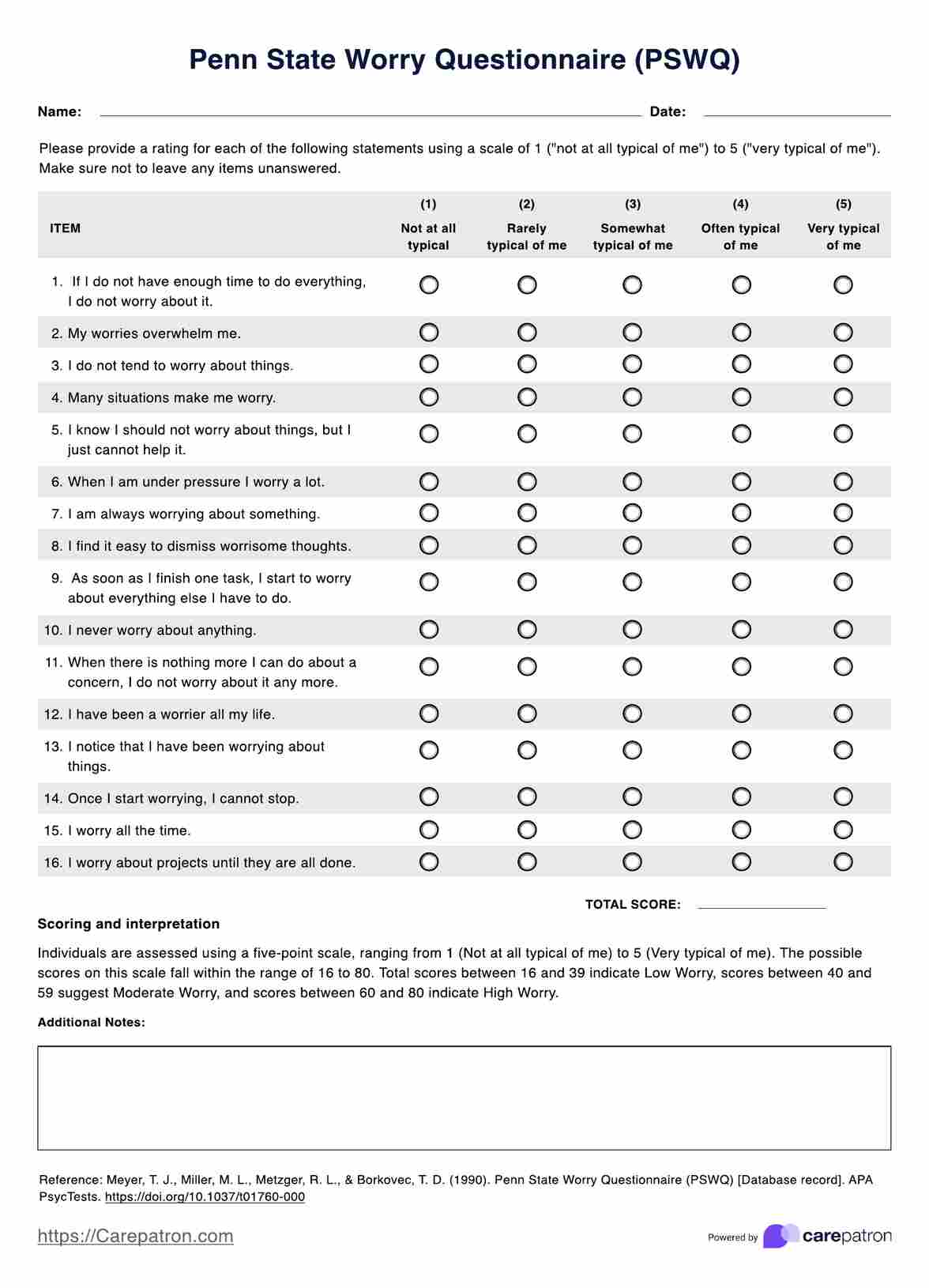
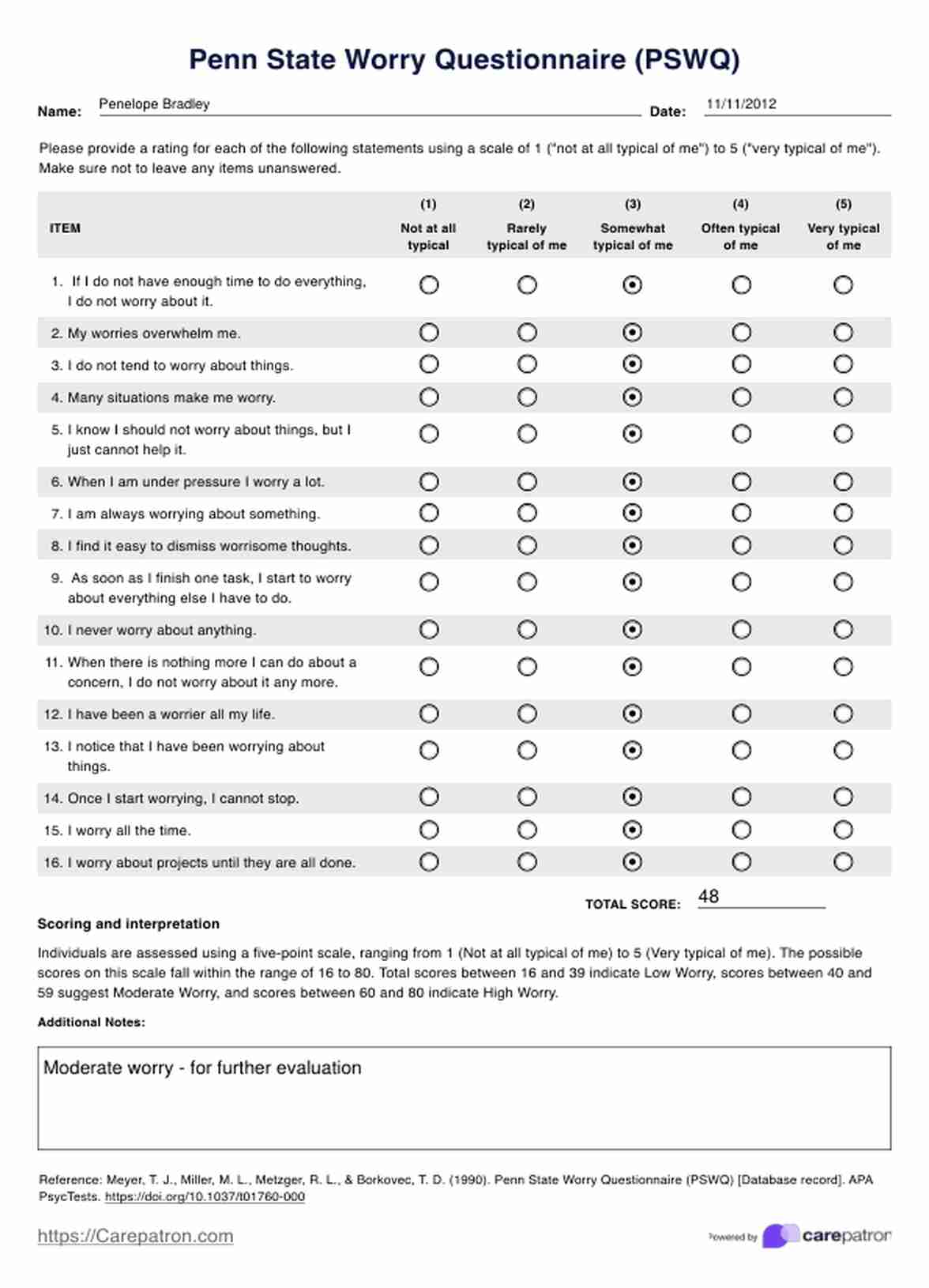













-template.jpg)























































































